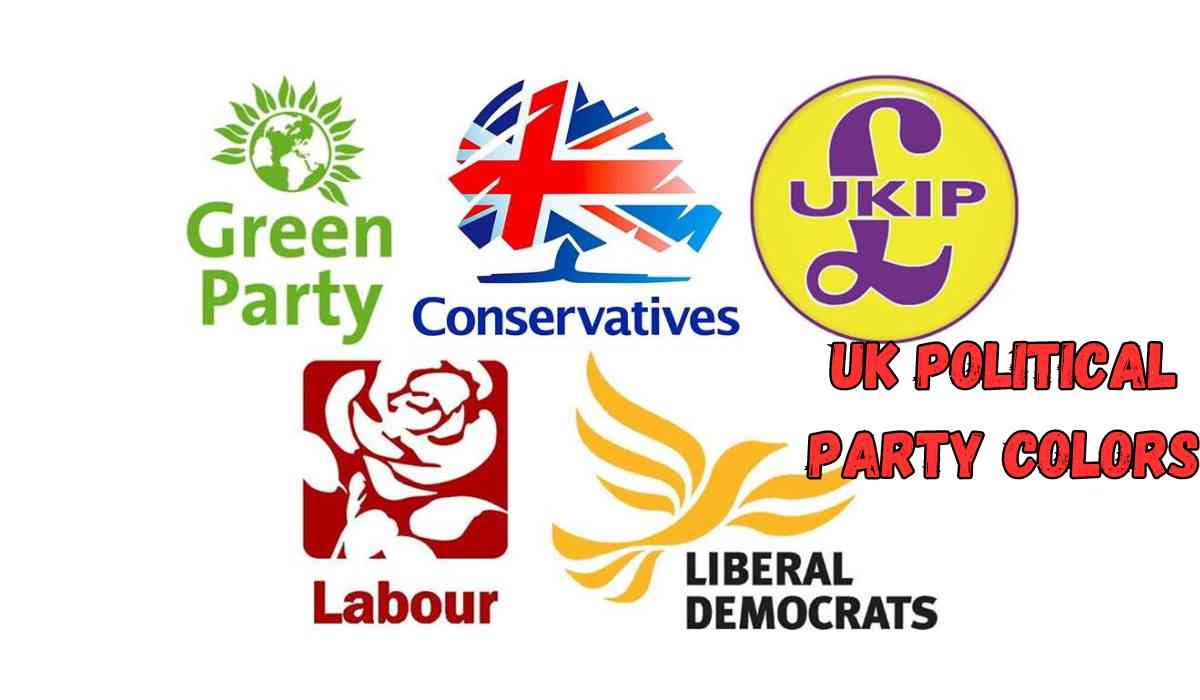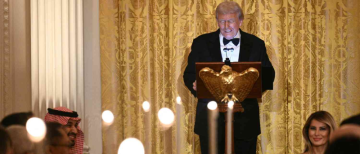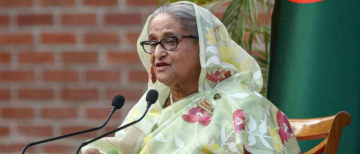As the UK prepares for its upcoming elections on July 4, the political scene is more vibrant than ever.
But why blue for the Conservatives, and red for Labour? And why did the SNP choose Yellow, or UKIP opt for purple?
These colors aren't just arbitrary choices—they symbolize ideologies and stand as visual markers in the political arena. Political hues aren't just about aesthetics; they encapsulate a party's ethos and can evoke powerful associations among voters worldwide.
Take a look at the palette of colors that the UK political parties portray themselves with:

★The Conservative Party: Blue
Symbol of wealth and conservatism
-
Historical Roots: Since its establishment in 1834, the Conservative Party has adopted various colors from the Union Jack, including red, blue, and white. Over time, blue emerged as the predominant color, particularly after the Labour Party adopted a similar shade of red.
-
Symbolism and Perception: Blue symbolizes trust, reliability, and confidence, qualities often associated with corporate entities, technology firms, and institutions like the NHS in the UK. Historically, it has also connoted wealth and conservatism.
-
Marketing Strategy: The Conservatives' use of blue is strategic, aiming to portray themselves as defenders of British values and reliable stewards of the nation's interests.
-
Political Identity: Despite other parties using blue hues, the Conservative Party's shade remains distinctive, now symbolized by a lighter tone under leaders like Rishi Sunak.

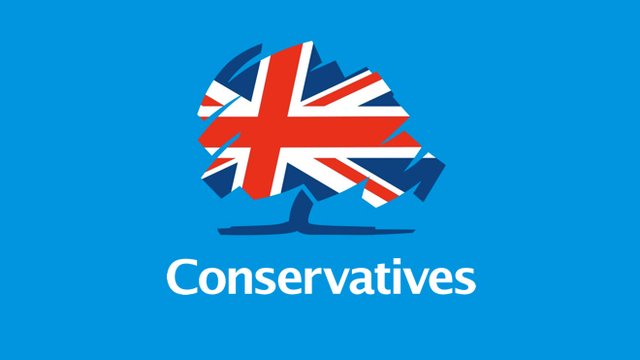
★The Labour Party: Red
Symbol of Struggle and Unity
-
Historical Symbolism: Red has deep roots in left-wing politics, symbolizing the blood of workers who fought against oppression, dating back to events like the French Revolution and ancient slave uprisings.
-
Marketing and Symbolic Use: Red is known for evoking strong emotions and is often used in marketing to denote passion and action. Brands like Coca-Cola and Kellogg’s leverage red to signify dominance and appeal.
-
Political Affiliation: Trade unions, social democrats, and democratic socialists have historically aligned with the color red, making it a natural choice for the Labour Party's visual identity.
-
Logo and Symbol: Since its inception in the early 20th century, the Labour Party has prominently featured a red flag as its official logo, symbolizing solidarity and the struggle for workers' rights.
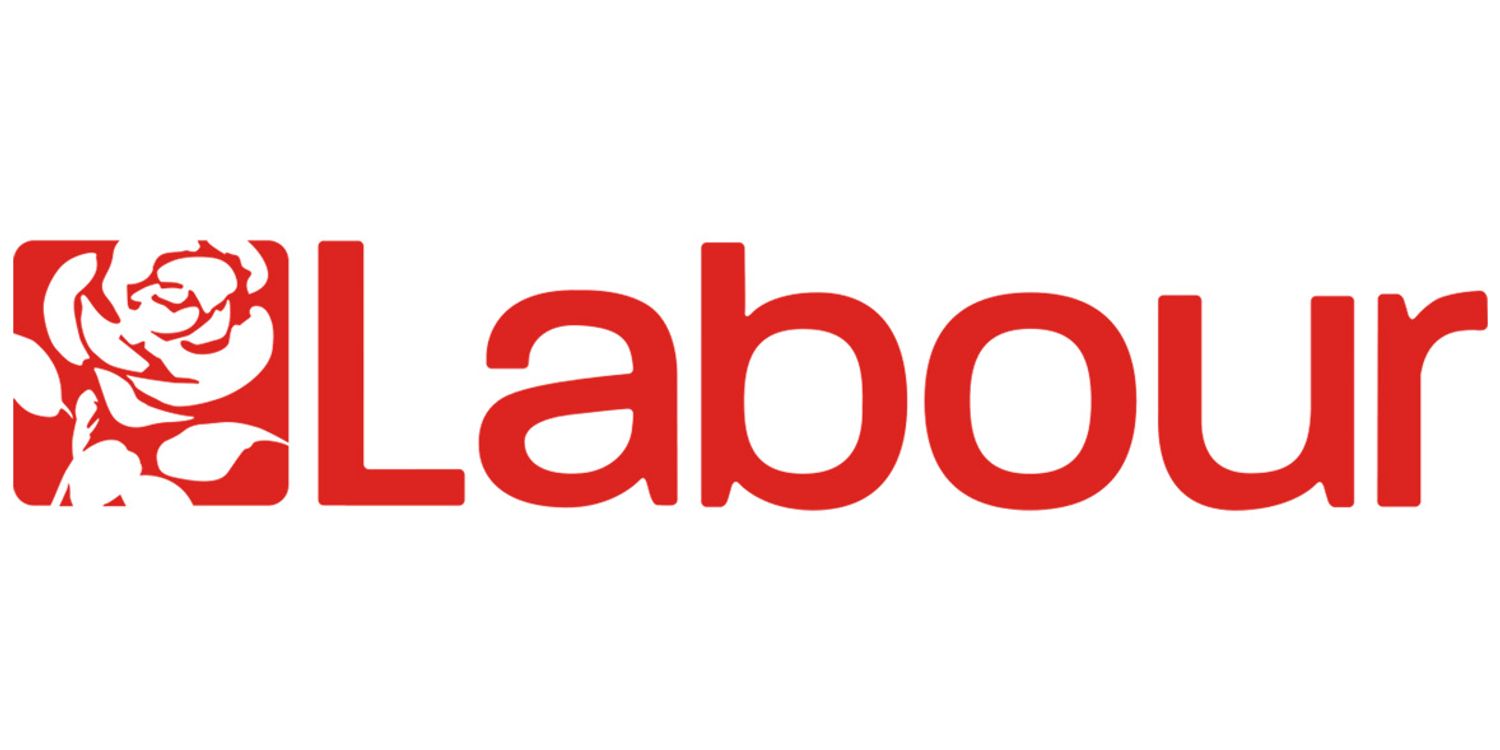
★The Scottish National Party (SNP): Yellow
Symbol of Liberalism
-
Historical Background and Symbolism: The Scottish National Party (SNP) is prominently associated with the color yellow, a hue historically linked with liberalism. This color spectrum includes shades like mustard-style yellow and bright orange, both of which feature prominently in the SNP's visual identity. While the party's style guide predominantly cites yellow, campaigns often integrate orange hues as well.
-
Origin and Evolution of Yellow: The SNP's adoption of yellow traces back to 1928 with David Lloyd George’s influential report, “Britain’s Industrial Future,” commonly referred to as “The Yellow Book.” Yellow, symbolizing novelty, modernity, and freedom, aligns with the SNP's progressive political stance. Notably visible in the spectrum, yellow conveys qualities such as happiness, optimism, creativity, and warmth, making it a choice for brands like McDonald’s, IKEA, and National Geographic.
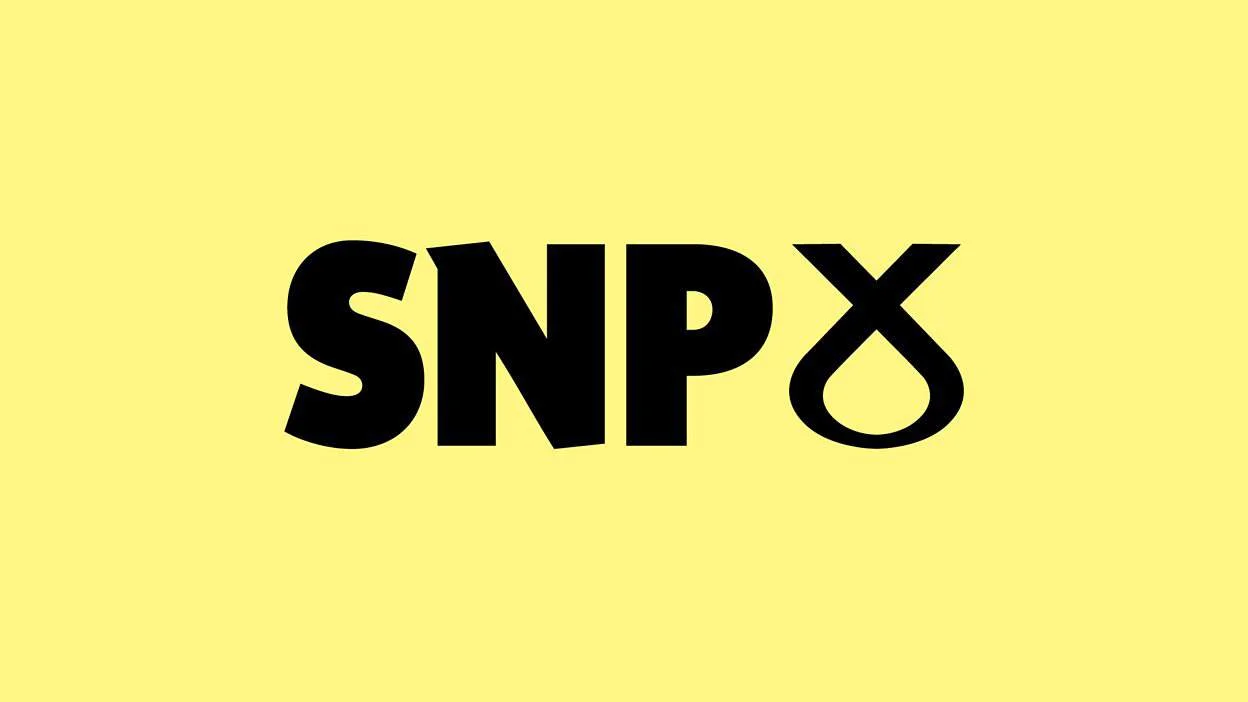
★The Liberal Democrats: Orange
Symbol of Energy
-
Formation and Symbolic Representation: Formed in 1988 from the merger of the Liberal Party and the Social Democratic Party, the Liberal Democrats opted for orange as their primary color. This choice symbolizes a blend of the predecessor parties' colors—yellow and red—reflecting the Liberal Democrats' commitment to various forms of liberalism: social, economic, and political.
-
Significance of Orange: Orange is renowned for its vibrancy, friendliness, and ability to capture attention in marketing. Used effectively by brands such as Fanta, Gatorade, Amazon, and Mozilla Firefox, orange signifies freshness and energy, mirroring the Liberal Democrats' dynamic and inclusive approach to political engagement.
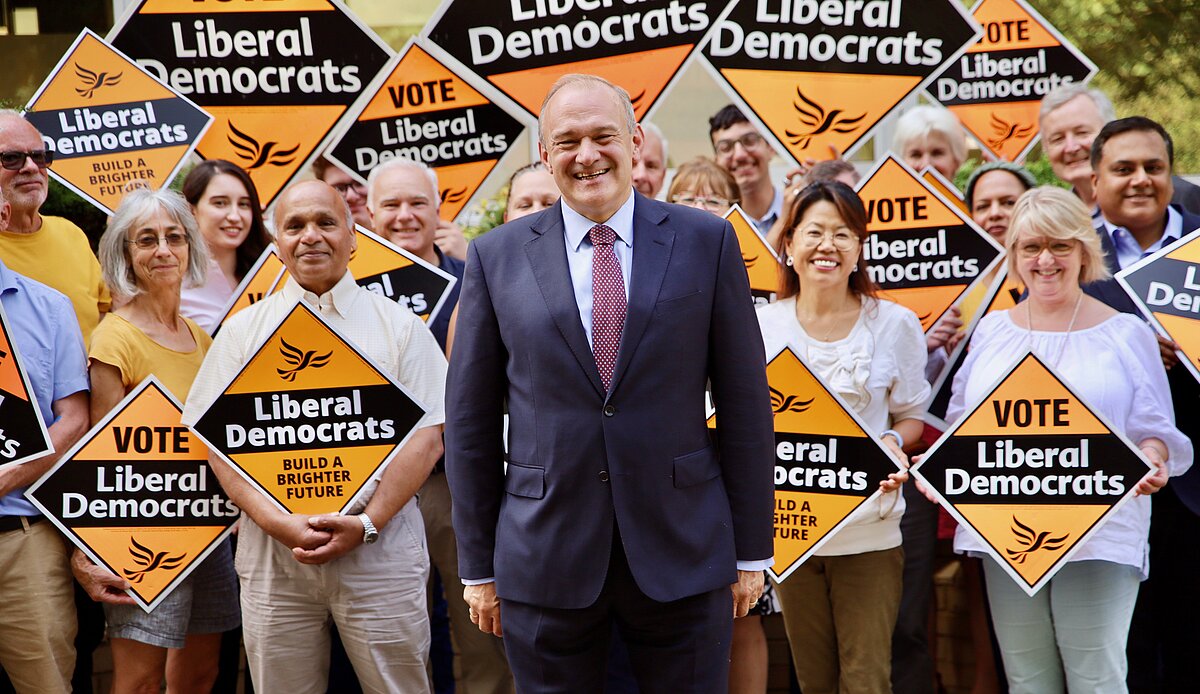
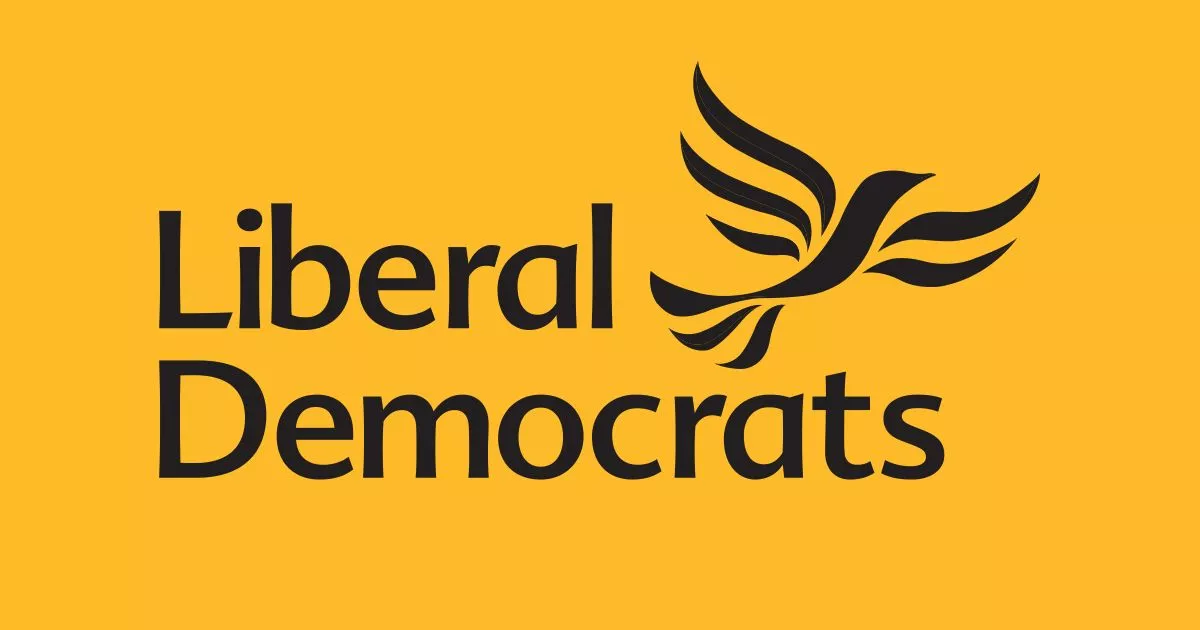
★The Green Party: Green
Symbol of Environmentalism
-
Historical and Symbolic Roots: Green has long been synonymous with environmentalism, making it a natural choice for the Green Party. Its political use traces back to the 6th century Byzantine Empire but gained prominence in Europe during the 1980s, coinciding with the rise of environmental parties globally.
-
Symbolism in Marketing and Politics: In marketing, green symbolizes freshness, sustainability, and eco-friendliness. Several prominent brands such as Subway, Tic Tac, Android, and Animal Planet utilize green in their logos to underscore their commitment to environmental values.
-
Specific Party Examples: For instance, Wales' Plaid Cymru, reformed in 1933, originally adopted the green 'triban' (three peaks) in its logo. This symbolized the party's core goals: self-government, cultural prosperity, and economic prosperity, rooted in Welsh identity and history. Although the backdrop remains green, the current logo features a yellow daffodil. Similarly, Sinn Fein's use of green aligns with Ireland's flag and incorporates symbols like the four-leaf clover.
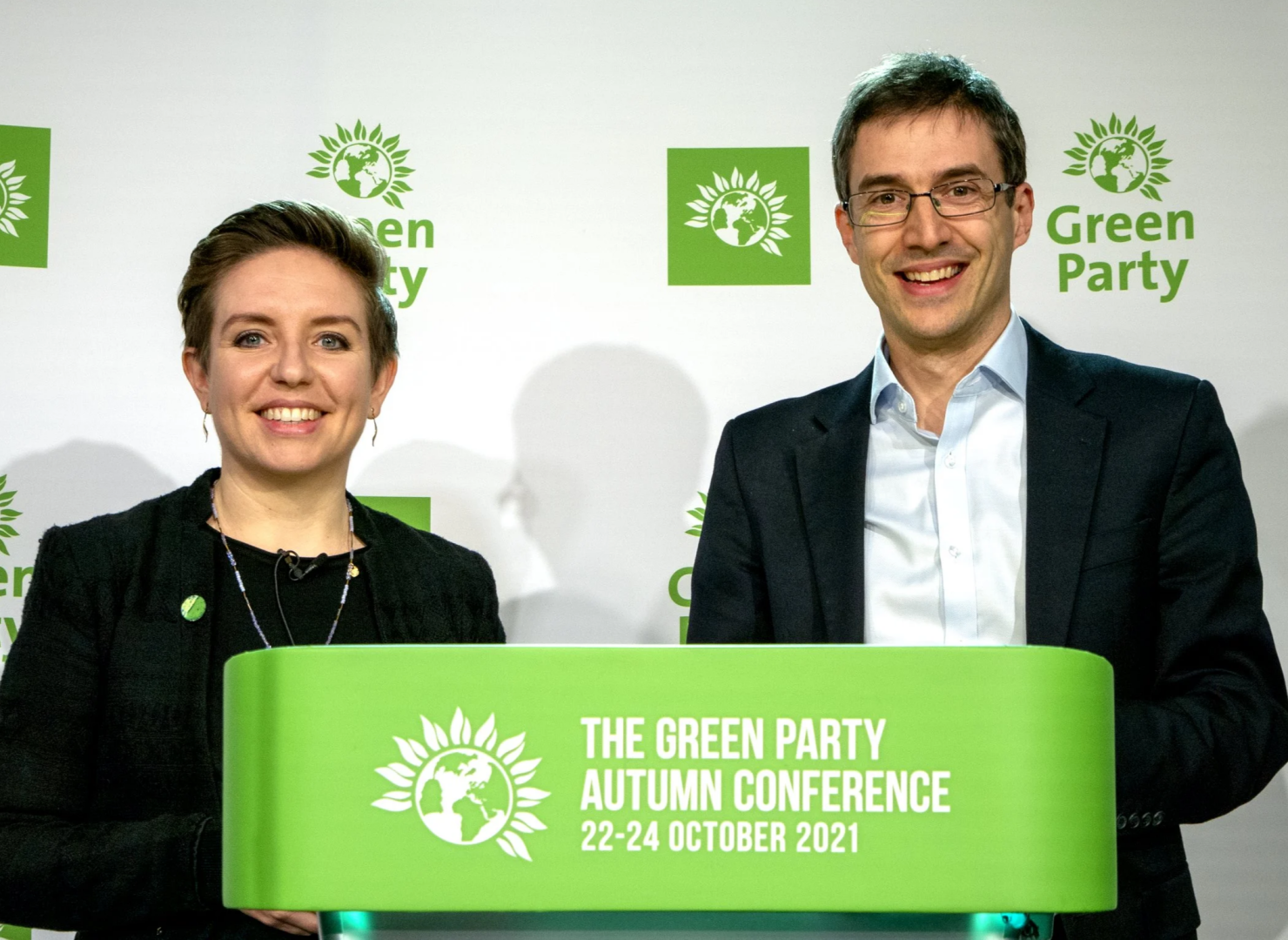
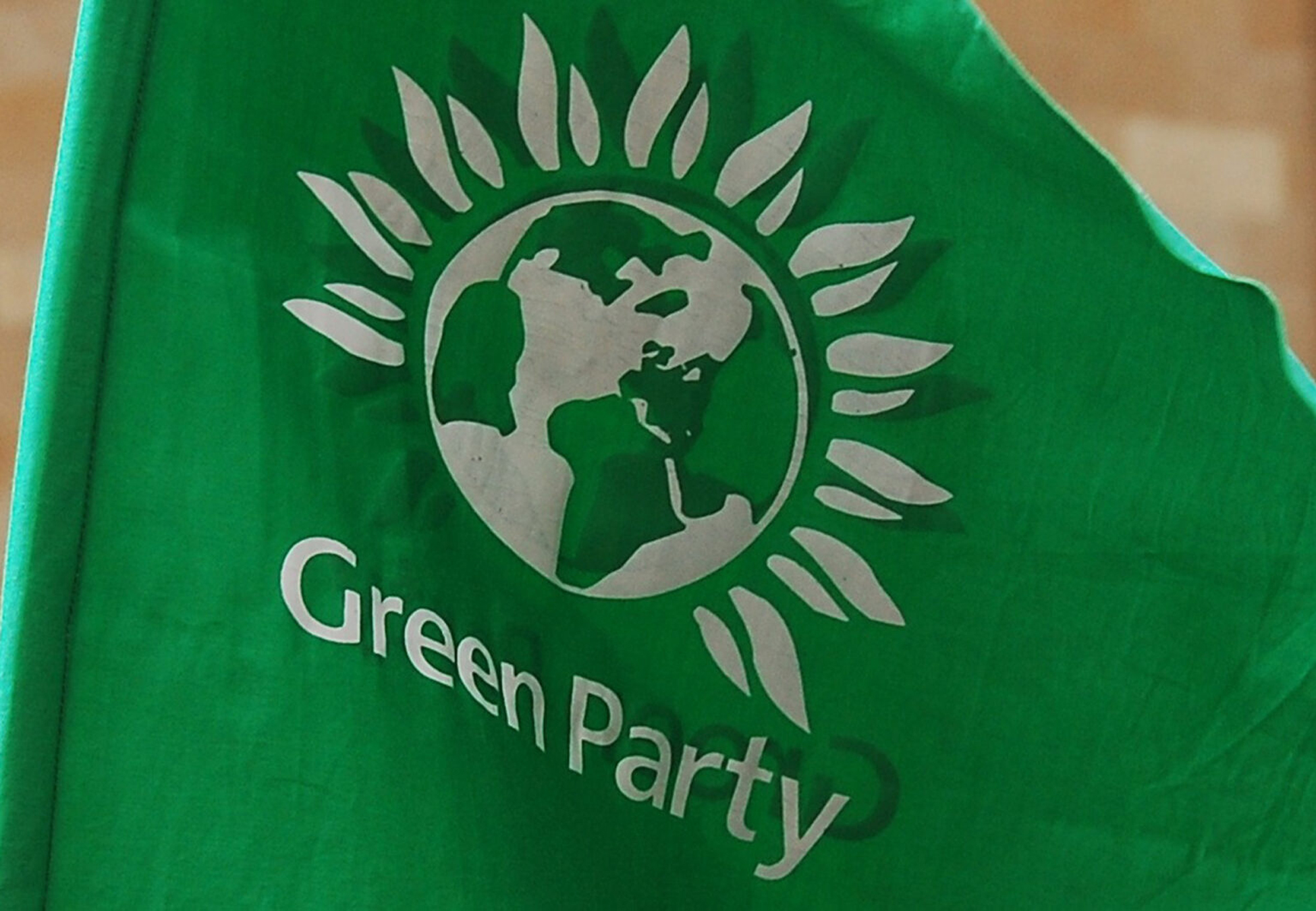
★UK Independence Party (UKIP): Purple
Symbol of Heritage and Individuality
-
Choice of Color: Established in 1993, UKIP opted for purple, a color associated with passion and British heritage. This choice was strategic, possibly aimed at attracting voters from diverse political backgrounds by combining elements of multiple colors.
-
Symbolism in Marketing: Purple is often associated with qualities like indulgence, luxury, and wisdom in marketing contexts. Notable brands like Cadbury, Wonka, and Hallmark utilize purple to evoke these attributes, mirroring UKIP's strategic branding choice.
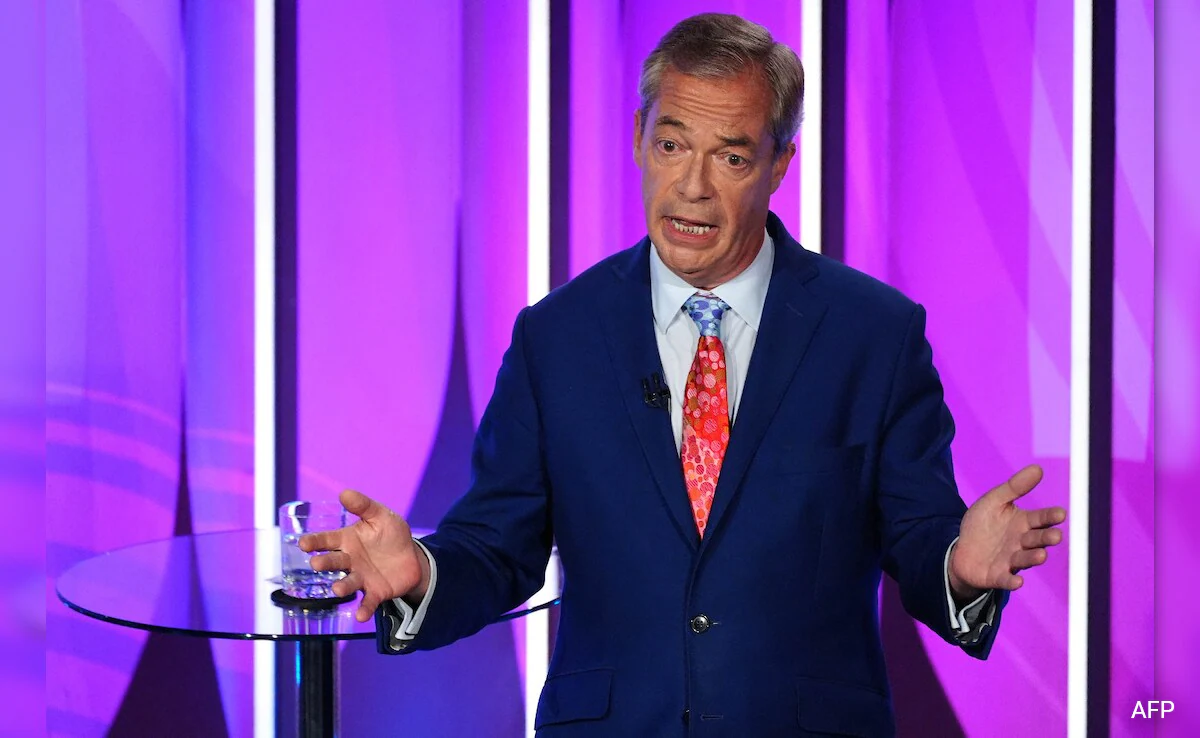
★Plaid Cymru and Other Political Parties in the UK
Symbol of Regional Identity and Modernity
-
Plaid Cymru’s Symbolism: Plaid Cymru's logo prominently features a Welsh yellow poppy set against a white and green backdrop. The colors yellow and green are chosen to symbolize freshness, growth, and a connection to nature. This color scheme reflects Plaid Cymru's embrace of positivity and modernity, which are central to its political ideology.
-
Reform UK’s Distinctive Choice: Reform UK opts for a striking turquoise color for its branding, a departure from the traditional political color palette. This choice underscores their aim to stand out amidst the diverse array of political parties in the UK.
-
Other Parties in the UK:
-
Sinn Féin (Northern Ireland): Sinn Féin, representing Northern Ireland, uses various shades of green in its branding. Green symbolizes growth, renewal, and a connection to the natural environment, echoing themes central to their political agenda.
-
Referendum Party (1990s): The short-lived Referendum Party, active in the 1990s, notably used pink in its branding. This unconventional choice aimed to differentiate itself within the political landscape at that time.
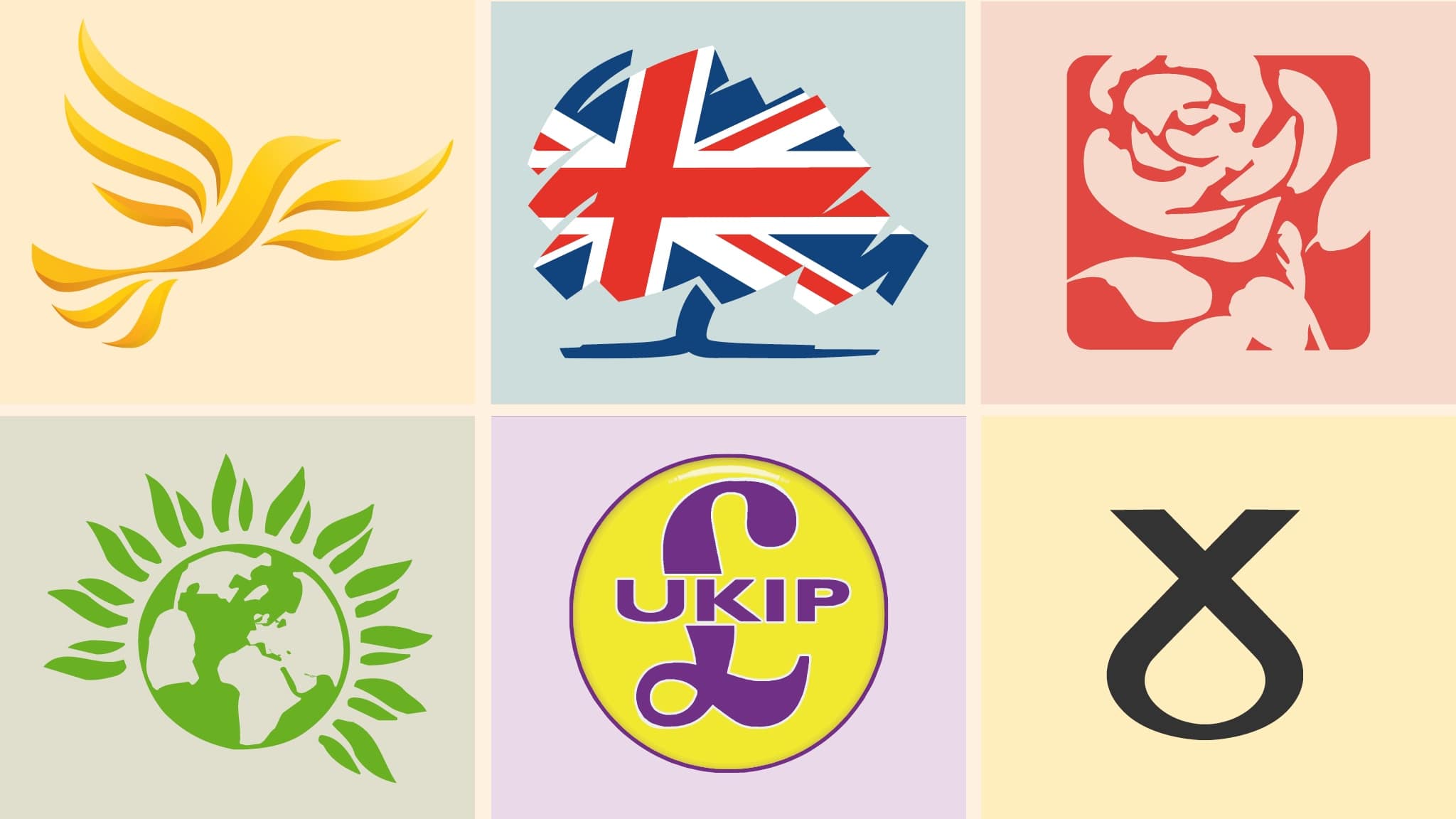
How has political branding evolved?
Political branding has undergone a dramatic transformation over the decades. Initially, political colors held minimal significance, but the advent of technology and advertising in the mid-20th century revolutionized this landscape. According to Dominic Wring, a professor at Loughborough University specializing in political communication, parties began simplifying their messages during this period.
Interestingly, the colors associated with political parties often do not directly correlate with their values. For instance, in the United States, Democrats are represented by blue and Republicans by red—a reversal of traditional UK color associations.
Despite the emphasis on color-coded campaigning, UK ballot papers remain strictly black and white. This ensures that voters make their decisions independently, free from the influence of party colors.
With inputs from agencies
Image Source: Multiple agencies
© Copyright 2024. All Rights Reserved Powered by Vygr Media.

